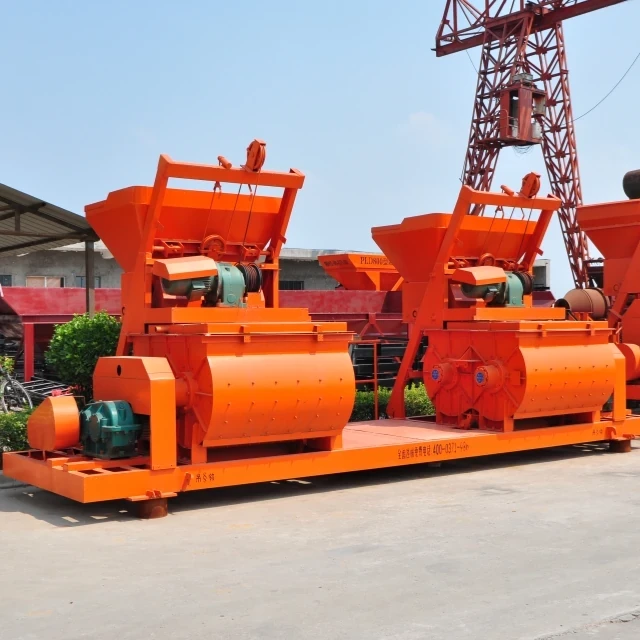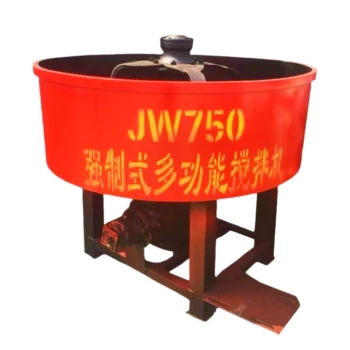Introduction
Industrial mixing stations are the backbone of material processing, but unexpected downtime from component failures can cripple productivity. This guide delivers a systematic approach to safeguarding critical equipment—from valve inspections to feeding optimizations—ensuring your operations run smoothly with minimal interruptions.
Critical Components for Mixing Station Stability
Butterfly Valve Performance Metrics and Inspection Protocols
Butterfly valves regulate material flow, and their failure often triggers cascading delays. Key metrics to monitor:
- Seal integrity: Check for wear every 250 operating hours using pressure tests.
- Actuator responsiveness: Log response times; delays >2 seconds signal lubrication needs.
- Corrosion resistance: Inspect valve housings monthly for pitting, especially in humid environments.
Ever wondered why valves fail prematurely? Contaminant buildup is the silent culprit—implement inline filters to extend lifespan.
Electrical System Health Monitoring Best Practices
Electrical faults account for 30% of unplanned shutdowns. Preventive measures:
- Thermal imaging: Scan control panels quarterly to detect overheating components.
- Load testing: Simulate peak demand weekly to identify weak circuits.
- Moisture barriers: Seal conduits in powder-heavy areas to prevent short circuits.
Pro Tip: Partner with suppliers like Garlway for ruggedized components designed for high-dust environments.
Optimizing Material Flow in Powder Handling Systems
Hopper-Mixer Interface Integrity Checks
Material bridging at the hopper-mixer junction disrupts feeding consistency. Solutions:
- Vibration analysis: Install sensors to detect abnormal resonance (indicates blockages).
- Liner inspections: Replace worn Teflon liners biannually to maintain slick surfaces.
- Angle optimization: Adjust hopper slopes to ≥60° for free-flowing powders.
Feeding Time Calibration and Its Impact on Productivity
Data shows that consistent feeding times improve mixing homogeneity by up to 40%. Steps to calibrate:
- Baseline measurement: Record discharge rates for each material type.
- Valve synchronization: Ensure butterfly valves open/close within 0.5-second intervals.
- Tool alignment: Verify feeder screws or belts are centered to avoid uneven wear.
Case Example: A cement plant reduced clogs by 75% after realigning feeder screws and upgrading to abrasion-resistant valves.
Preventive Maintenance Framework for Long-Term Efficiency
Industry-Standard Maintenance Schedules
Adopt a tiered schedule:
- Daily: Visual checks for leaks, unusual noises.
- Weekly: Lubricate moving parts; test emergency stops.
- Monthly: Full electrical diagnostics; valve overhauls.
Case Study: Cost Reduction Through Predictive Repairs
A polymer facility cut downtime costs by $18,000/month by:
- Using vibration sensors to predict motor failures 3 weeks in advance.
- Swapping generic valves for Garlway’s high-torque models, slashing replacement frequency.
Human Impact: Reliable equipment means safer workplaces—fewer emergency repairs reduce worker exposure to hazards.
Conclusion: Turning Knowledge into Action
- Start small: Prioritize valve and feeder inspections this week.
- Leverage data: Log performance metrics to spot trends.
- Invest strategically: Choose equipment built for durability, like Garlway’s industrial-grade solutions.
By adopting these protocols, you’ll transform reactive firefighting into proactive stability—keeping your mixing station running like a well-oiled machine.
Related Products
- Commercial Construction Mixer Machine for Soil Cement Mixing Concrete
- Ready Mixer Machine for Construction Ready Mix Machinery
- JZC500 Large Cement Mixer Machine Price for Concrete Mix
- Portable Concrete Mixer Machine Equipment for Mixing Concrete
- Hydraulic Concrete Mixer Machine Cement Mixing Equipment for Mixture Concrete
Related Articles
- How to Build an OSHA-Compliant Safety System for Concrete Mixer Workspaces
- How to Classify and Resolve Concrete Mixer Hazards with Compliance
- How to Test Concrete Mixer Brake Systems for Optimal Safety and Compliance
- How to Master Concrete Mixer Operation: Training, Certification, and Safety Protocols
- How to Choose the Right Concrete Type for Every Construction Challenge

















